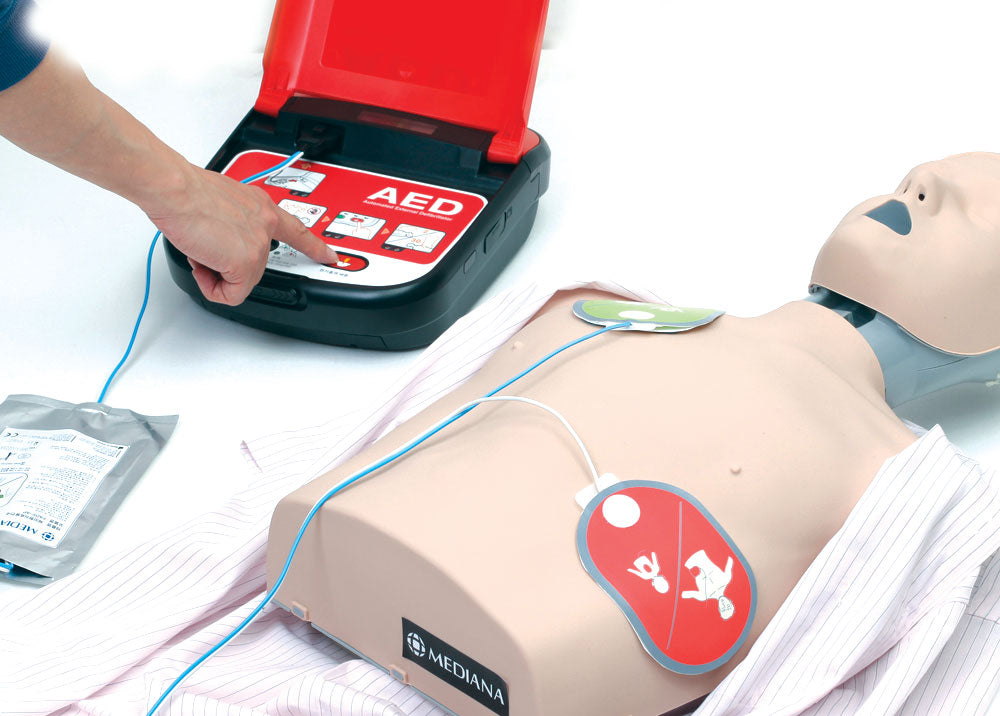| Bandage |
| Type |
Purpose |
Features |
| Conforming Bandages |
Secure dressings on limbs and joints |
Lightweight, stretchy, breathable |
| Crepe Bandages |
Compression and light support for strains/sprains |
Elastic, provides moderate pressure |
| Triangular Bandages |
Create slings, immobilize limbs |
Large cotton/polyester triangle, versatile |
| Cohesive Bandages |
Compression without adhesives |
Self-adhering, sticks to itself, not to skin |
| Tubular Bandages |
Secure dressings or provide even support |
Elastic tube, no pins or tape needed |
|
|
|
| Dressings |
| Type |
Purpose |
Features |
| Non-Adherent Dressings |
Protect wounds without sticking |
Soft pad with perforated film, minimizes trauma |
| Adhesive Dressings |
Protect minor wounds with easy application |
Dressing with adhesive border, convenient and quick |
| Trauma Dressings |
Control heavy bleeding, large wound protection |
Highly absorbent, may include pressure pad |
| Combine Dressings |
Absorb heavily bleeding wounds |
Bulky, high-absorption cotton core |
| Foam Dressings |
Protect and cushion wounds, manage exudate |
Soft foam core, semi-occlusive |
| Hydrocolloid Dressings |
Promote moist healing for chronic wounds |
Gel-forming, moisture-retentive layer |
| Alginate Dressings |
Absorb high exudate, ideal for wet wounds |
Seaweed-derived, turns to gel on contact |
| Antimicrobial Dressings |
Reduce infection in high-risk wounds |
May contain silver, iodine, or PHMB |






